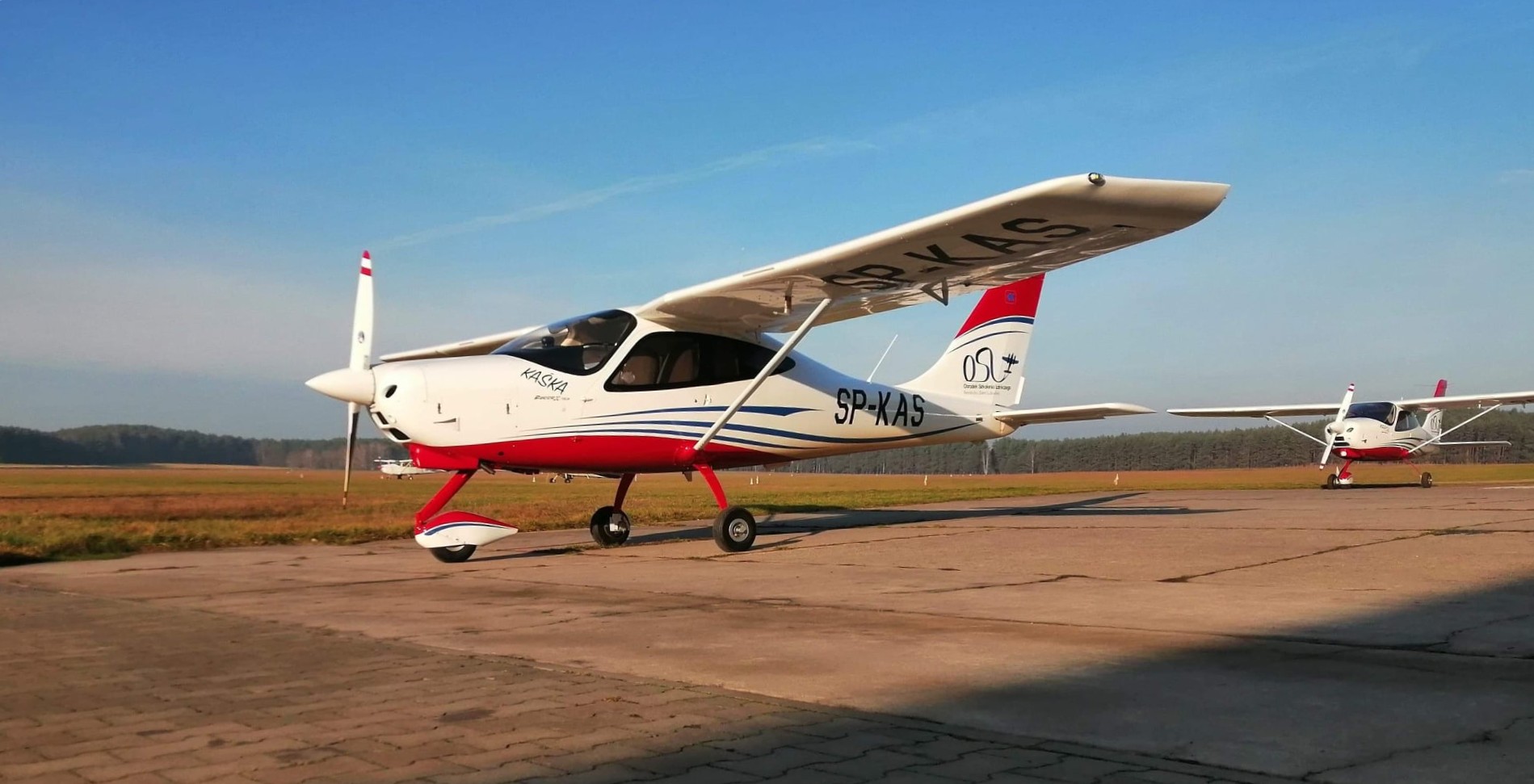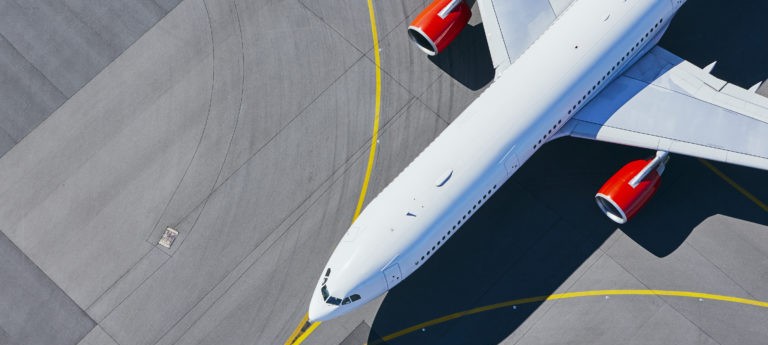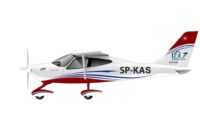HOW TO BECOME A PILOT - OSL AZL Aviation Training Center guidance
Are you fascinated by aviation and planes? Do you dream about becoming a pilot? You are in the perfect place to start this adventure and it might become the true passion of your life. And over time, it can also become your lifestyle as well as a source of income.

We know that for many people the profession of pilot seems to be a distant or even unattainable goal. As we said before, we are fully aware that the number of questions is endless, yet, sometimes it almost feels like you don’t know what to ask.
In the time of the internet, youtube, social media, all the information can be pretty overwhelming. This is why we are here and hopefully, this article will clear up at least some of your doubts, answer some of the key questions and bring you closer to the incredible path of becoming a pilot.
How long does it take? How much does it cost? What are the main factors to consider when choosing the best flight school? Let’s do it.
Now, where do I start?
Before you start the actual flight course of your choice, it is important that you do your research on the most important topics. You need to find the right flight school for you.
There are all kinds of flight schools all over the world. While some are very focused on getting you straight to the commercial aviation industry in as short amount of time as possible, there is also plenty to choose from flight centers and places like aero clubs that are not so focused on your career as a pilot and more likely will treat you individually and encourage the passion for flying to start with.

What are the main factors to consider when choosing the right flight school?
1. Are the school’s facilities regularly updated and what in general are the assets at the school premises for effective and comfortable learning?2. What is the experience and approach (!) of the instructors and the rest of the team? People. They’ll be the reason you feel safe, inspired, confident and happy. Or otherwise.3. What fleet does the school have for learning and do they regularly invest in new aircraft and maintenance?4. Do they expect you to pay for the entire training in advance or are they more flexible with finances and open to an individual approach in this matter?5. Do they provide their own, permanently employed team of aircraft mechanics, which significantly supports safety matters as well as time management?
Learning facilities in a flight centre, a guarantee of safety, i.e. comprehensive service of carefully operated, reliable and always available aircraft at
affordable prices and - most importantly - experienced, friendly instructors who recognize and respond to students’ individual needs.
An introductory flight is a great way to check your predispositions before starting flight training. In the cockpit, you will find an experienced instructor who will take care of your safety and make the flight an unforgettable memory that will hopefully help you to decide if it’s your true path. Very often, such a flight is a real introduction to an aviation career that dispels doubts and gives the actual opportunity to ask all the questions you have. Each flight is preceded by familiarization with the aircraft, flight instruments in the cockpit that provides the pilot with data about the flight situation – such as altitude, airspeed, vertical speed, heading and many more other crucial information.
The pilot-instructor will also introduce you to the aircraft flight control system, the principles of communication in the cockpit and the applicable safety rules.
The flight includes basic maneuvers such as take-off, landing, straight flight, altitude changes and turns. During the flight, the instructor informs about the indications of the instruments, the aerodynamic forces acting on the airframe as well as the basic regulations and aviation procedures. Thanks to the familiarization of flight, it is possible to consciously make a decision about aviation training; its performance does not oblige to continue the training.
Now, we have mentioned a few times already that the introductory flight happens in the company of the flight instructor. He or she will be introducing you to the subject for the very first time, you might have chosen the flight school but choosing the teacher that will be there with you all the way through is equally important. And we need to talk about it.

HOW TO FIND THE BEST FLIGHT INSTRUCTOR? What are the things to consider when choosing one?
We wanted to point out some essentials to look out when making such an important decision. The person who will teach you how to fly will have a special place in your heart for the rest of your life. Now, doesn’t it sound important enough?

1. Do the proper research
Yes, again. The research. Flight schools really do differ these days. There is all kinds of them and so the demand of instructors in each one will be dissimilar. The school should have a decent description of the team. The background and credentials of the instructor is also important and the names should appear on flight school’s website so you are able to do some research. They should be available to meet with you even if it’s just for a quick and sweet (or not) online chat.
2. Ask questions
Remember, there should be no such thing as “dumb” or “embarassing” questions to ask. You have only just entered the aviation world and there is so much to learn, it is ok and even expected that you simply don’t know things. Will he have time for you or maybe his schedule is pretty busy. Talk to him about the style of teaching he prefers, does he sound to you like a true mentor? Do you feel the vibe? Well, you better do as you’ll be spending a lot of hours just one to one with him or her.
3. Is he or she an actual experienced teacher?
In OSL AZL we never involve pilots-instructors who are in the process of implementing the mandatory flight hours for obtaining a professional license, and we do not employ them ”temporarily” to ”train” our students while doing their own homework. That way we know our team and can assure students that they are the best pilots and mentors. No matter what school you’ll choose, you should definitely look into this particular matter while doing your research.
Is teaching you just an easiest access to time-building for the flight instructor or is it his real job with an actual experience?
4. Introductory flight is a must.
It is a must to “have a go” before making a final decision on not only becoming a pilot (that you might’ve already figured out) but on the instructor. Did you two “click”? Do you appreciate the way he or she delivers all the information to you? You can get a lot about the instructor from the introductory flight.
And remember. You should be able to change the instructor if anything goes not as expected. Does the school you choose approve of such a situation?
How about the flight training itself?
The pilot courses conducted in our center consist of two parts and it is most common structure in flight schools: theoretical and practical. Depending on the selected training, the number of hours and issues differ and are described in the tab of each course. Moreover, before commencing the first solo flight, it is necessary to provide an aero-medical certificate (min. 2nd class). After completing the entire training cycle and passing the theoretical exam before the Aviation Examination Board, the future pilot may take the practical exam, which is taken on the aircraft used for training. Obtaining the PPL (A) pilot license allows her or him to perform the duties of the commander on any piston, single-engine aircraft up to a maximum take-off weight of 5700 kg, which is quite a piece of an aircraft!
Money DOES NOT grow on trees but investing in pilot license is like planting the tree that in result will bring you decent income and great satisfaction. If you know that this is your path - then we do give you a green light to go for it.
Obtaining a tourist pilot license is a price of 25-30 thousand of Polish Zloty (click HERE to have a clue in euros, dollars or any other currency) taking into account theoretical and practical training and the cost of exams. The above license opens the way to further courses and trainings increasing the rights, among others for night VFR flights or for flights on multi-engine MEP (L) airplanes.We won’t be judging wether it is expensive or not, for sure it is quiet the amount to spend for the purpose and then there is always some more to invest if you want to continualy pursue your carrer in aviation industry, but for sure it pays off. It just does.As for our prices, we still have one of the lowest prices on the European table, yet they regularly become more and more even.




